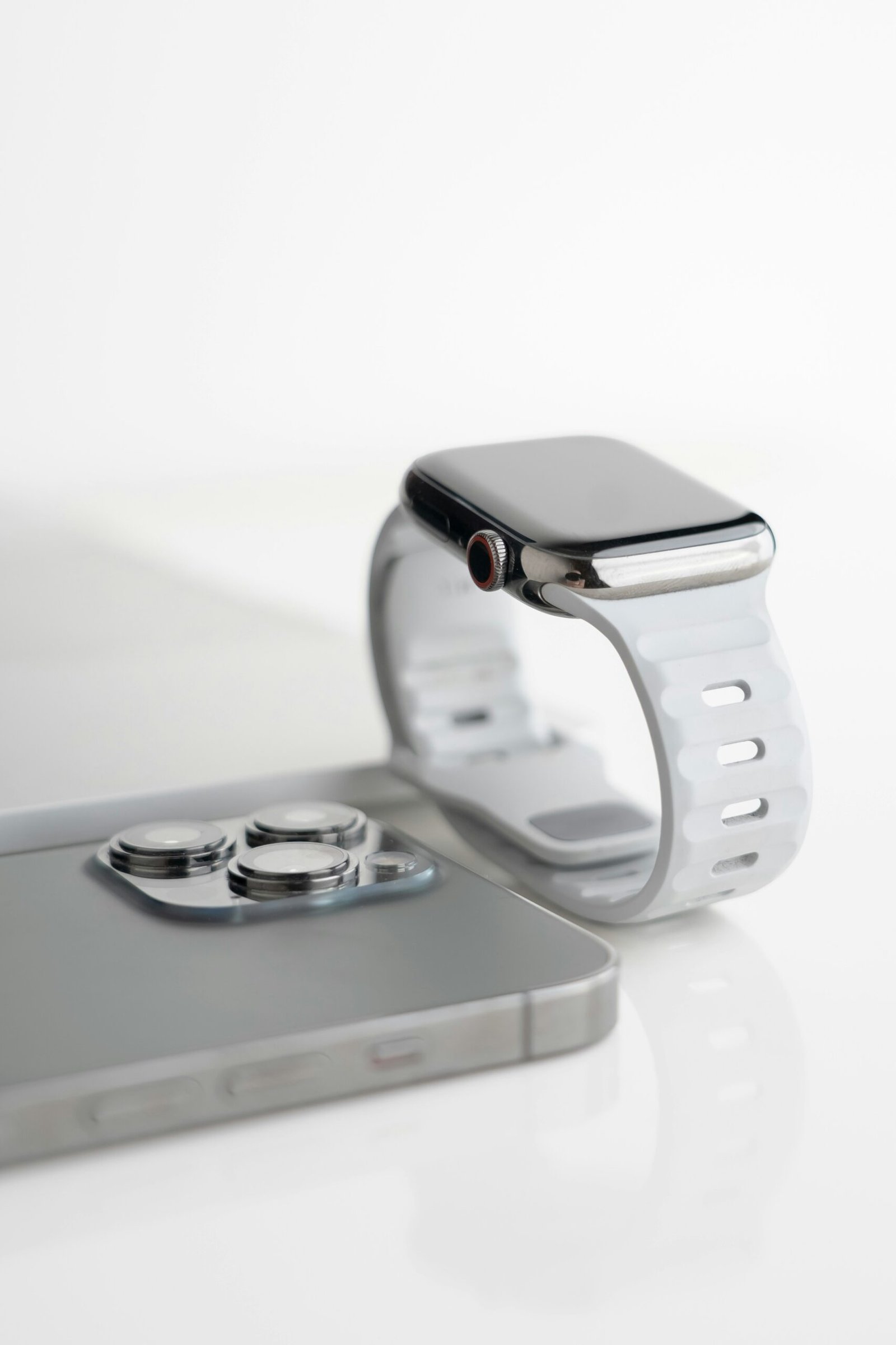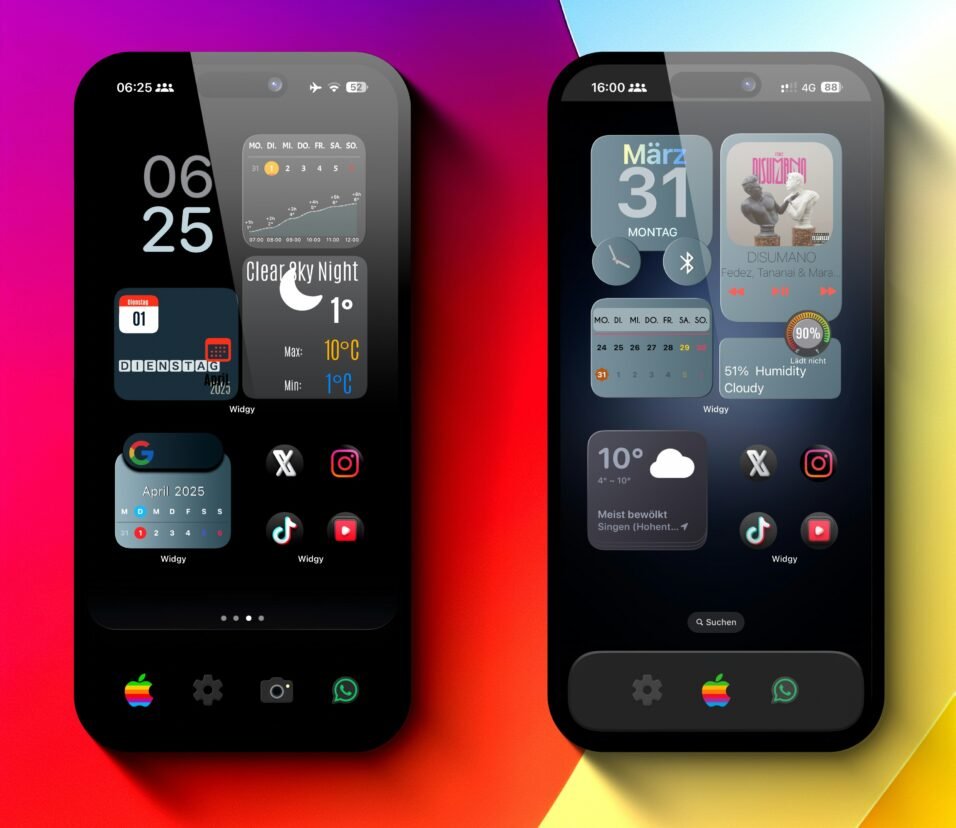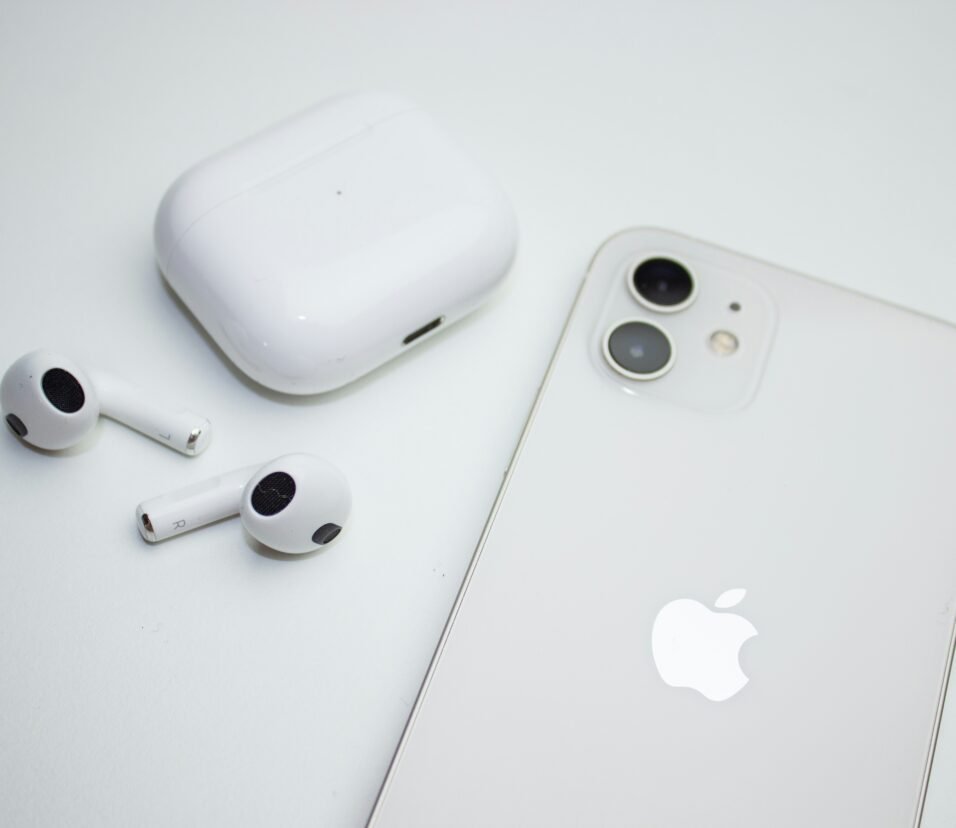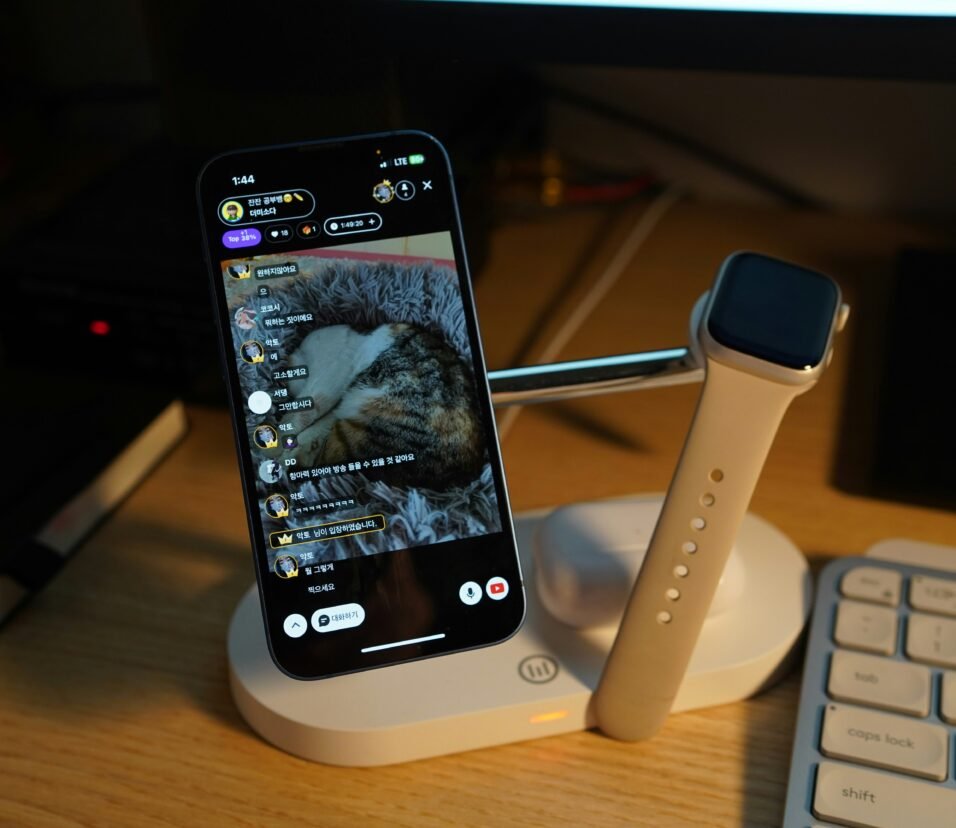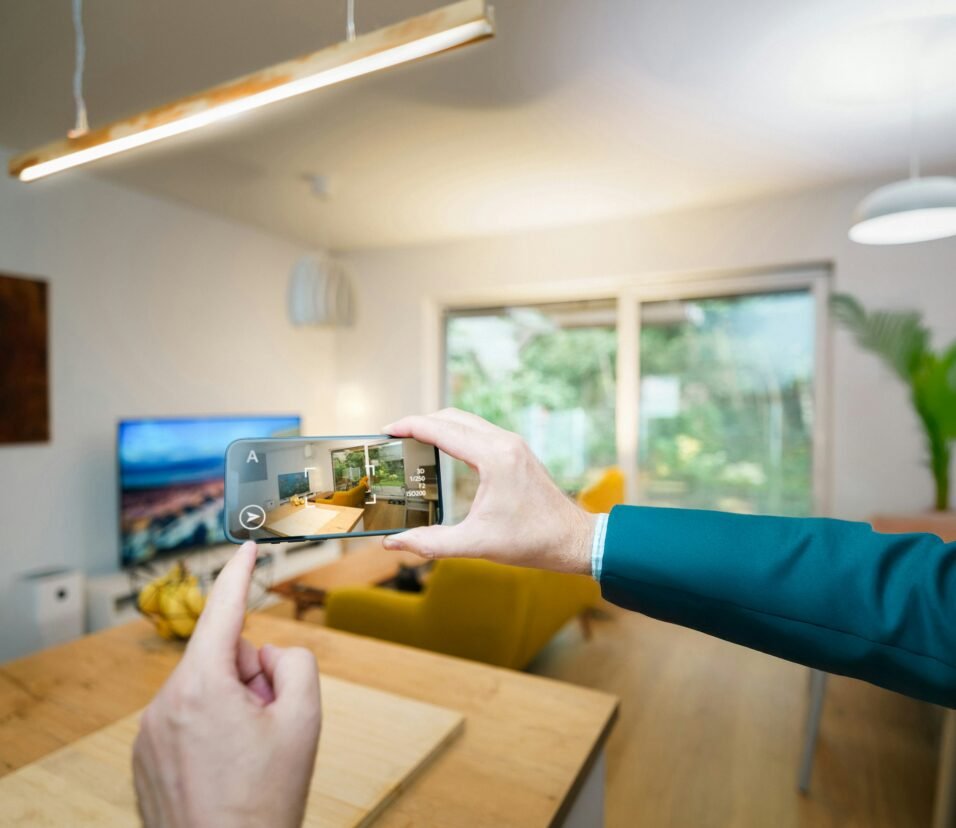Smart Rings, Not Smartwatches: Why Finger Tech Is the Next Big Thing
They’re sleek, subtle, and packed with sensors. In 2025, smart rings are becoming the new must-have wearable—quietly replacing bulky smartwatches as the most convenient way to track health, unlock devices, and stay connected.
🕰️ The Wearable Shift: From Wrists to Fingers
Smartwatches were the undisputed champions of wearables for nearly a decade. From the Apple Watch to the Samsung Galaxy Watch, they offered fitness tracking, notifications, and even ECG monitoring—all from your wrist.
But here in 2025, a growing number of users are ditching their watches in favor of something smaller, more elegant, and just as capable: smart rings.
🔍 What Are Smart Rings?
Smart rings are compact wearable devices designed to fit on your finger like a regular ring, but inside are powerful sensors that can:
- Monitor sleep cycles, heart rate, body temperature, and blood oxygen
- Track activity and recovery metrics
- Enable contactless payments or digital identity
- Control smart home devices with gestures
- Unlock phones, laptops, doors, and even cars
All of this in a package that weighs just a few grams—and looks like jewelry, not tech.
💡 Why Smart Rings Are Surging in 2025
✅ 1. Smaller Is Better
Let’s face it—smartwatches are getting bigger, flashier, and sometimes overwhelming. Smart rings, in contrast, are:
- Lightweight and barely noticeable
- Fashion-neutral (silver, black, matte, etc.)
- Easy to wear 24/7, including during sleep or workouts
- Less intrusive during meetings or social situations
For many people, it’s a relief to remove tech from the wrist and keep things subtle.
✅ 2. Battery Life That Actually Lasts
Smartwatches need charging every 1–2 days, especially when tracking sleep or using GPS.
Smart rings like the Oura Ring Gen 4 or Ultrahuman Ring Air offer 4–7 days of battery life, depending on usage. Some even come with wireless charging cases that double as storage.
This makes them ideal for continuous health monitoring without interruption.
✅ 3. Improved Health Accuracy
Your finger is a better location for biometric sensors than your wrist. It’s closer to capillaries and arteries, offering:
- More accurate temperature and heart rate data
- Better consistency in sleep and HRV tracking
- Reliable skin response and oxygen saturation readings
And in 2025, new smart rings are pushing boundaries by adding hydration sensing, blood pressure estimates, and even early illness detection.
✅ 4. Sleep Tracking Without the Bulk
Wearing a watch to bed? Not ideal. A ring? Barely noticeable.
Smart rings have become the go-to wearable for sleep analysis, especially when paired with AI-driven insights via apps. They track:
- Sleep cycles (REM, deep, light)
- Breathing patterns
- Nighttime temperature and HRV
- Sleep efficiency and readiness scores
You get detailed feedback every morning—without waking up with a red wrist or dead battery.
✅ 5. Beyond Health: Payments, Identity & Security
Some smart rings are expanding into digital lifestyle features:
- NFC-based payments at contactless terminals
- Device unlocking (laptops, phones, cars)
- Smart home gestures—like dimming lights or skipping songs with a flick
- Secure multi-factor authentication using your biometric data
As passwords and physical keys disappear, your finger may become your wallet and ID.
🧠 Top Smart Rings in 2025
Here are the leaders defining the space right now:
| Smart Ring | Key Features | Battery | Best For |
|---|---|---|---|
| Oura Ring Gen 4 | Sleep, recovery, period tracking, heart rate, skin temp | 4–7 days | Health & wellness focus |
| Ultrahuman Ring Air | Metabolic tracking, activity, HRV, sleep readiness | 5–6 days | Athletes & biohackers |
| Evie Ring (by Movano) | Women’s health focused (FDA-cleared), mood & sleep | 4–5 days | Female users |
| Preciate Ring | NFC-based smart payments & digital key access | 2–3 days | Smart lifestyle & security |
| RingConn Smart Ring | Affordable, all-rounder, strong battery | 6–7 days | Entry-level users |
🧬 What’s Coming Next in Finger Tech?
The smart ring industry is still in its early growth curve, and 2025 is just the beginning. What’s next?
🔮 1. AI-Powered Health Predictions
Smart rings will move from trackers to predictive assistants, warning users of flu, stress buildup, or dehydration days in advance.
📦 2. Full Integration into Ecosystems
Imagine unlocking your Tesla, controlling your Apple Home, and approving a payment on your MacBook—all with a ring tap.
🎮 3. Gesture Control for AR/VR & Gaming
Paired with AR glasses, smart rings may become virtual joysticks or remotes, translating hand gestures into commands.
🩺 4. FDA-Approved Medical Devices
Some models may become certified for continuous health diagnostics—ideal for people with chronic conditions or in remote healthcare setups.
⚖️ Smart Rings vs Smartwatches: A 2025 Comparison
| Feature | Smart Rings | Smartwatches |
|---|---|---|
| 🔋 Battery Life | ✅ Longer (4–7 days) | ❌ Shorter (1–2 days) |
| 🛌 Sleep Comfort | ✅ Superior | ❌ Bulky for sleep |
| 🎯 Accuracy | ✅ Better for HR/HRV | ✅ Good for motion/GPS |
| 👀 Style | ✅ Subtle & stylish | ❌ Noticeable tech look |
| 🧠 Features | ✅ Focused (health + ID) | ✅ Broad (apps, notifications) |
| 💬 Notifications | ❌ No screen | ✅ Full messaging & calls |
| 🎮 Interactivity | 🟡 Early gestures | ✅ Touchscreen control |
✅ Who Should Consider a Smart Ring?
Smart rings are perfect for:
- 🛌 Sleep enthusiasts
- 🧘 Health-conscious professionals
- 🚀 Biohackers & athletes
- 🔐 People who want secure, discreet tech
- ⌚️ Anyone tired of wrist-based wearables
🎯 Final Thoughts: Rings Are the New Smart
The wrist had its moment. Now, the finger is becoming the next frontier for wearable tech—combining wellness tracking, security, and subtle design.
Smart rings are not a gimmick. They’re a shift toward invisible tech that does more by doing less.



